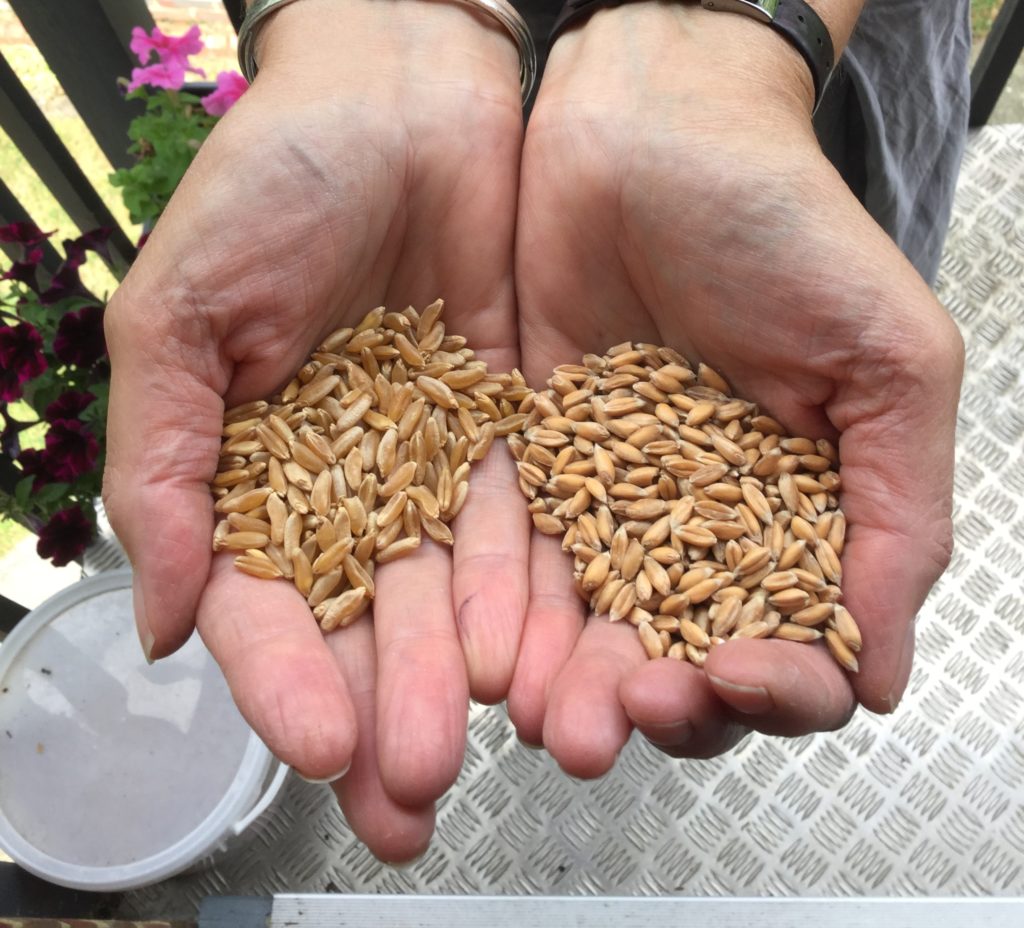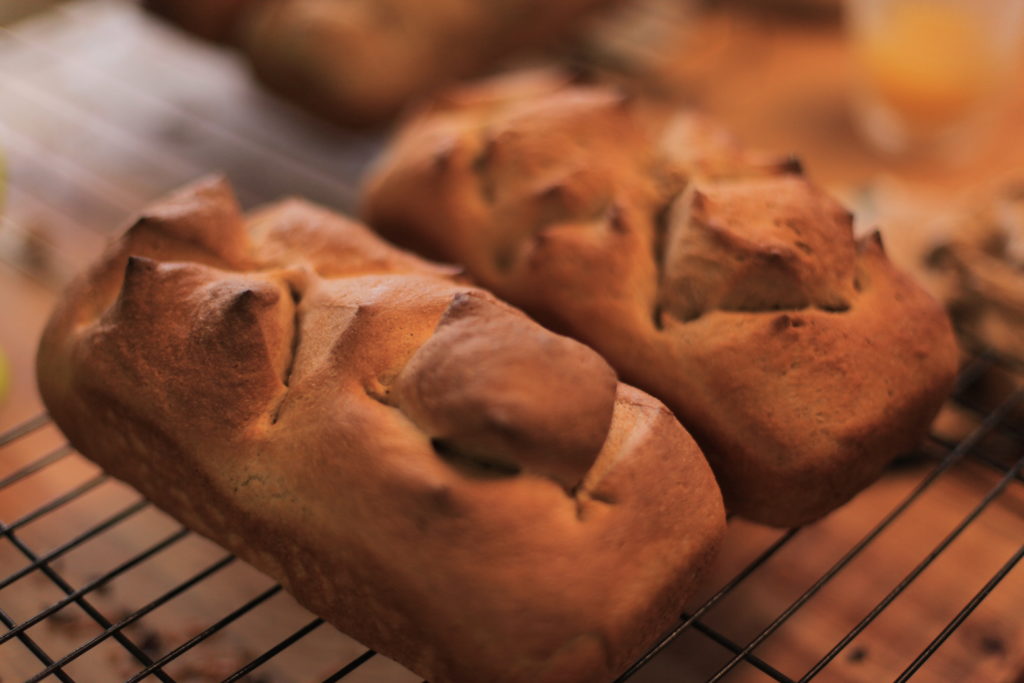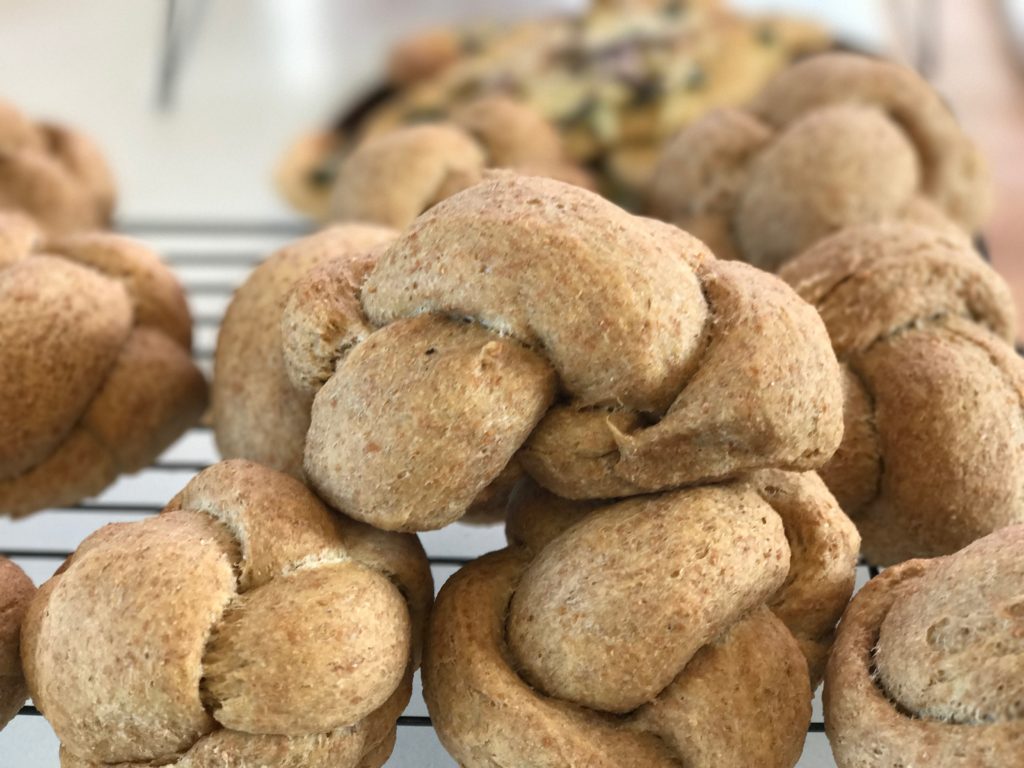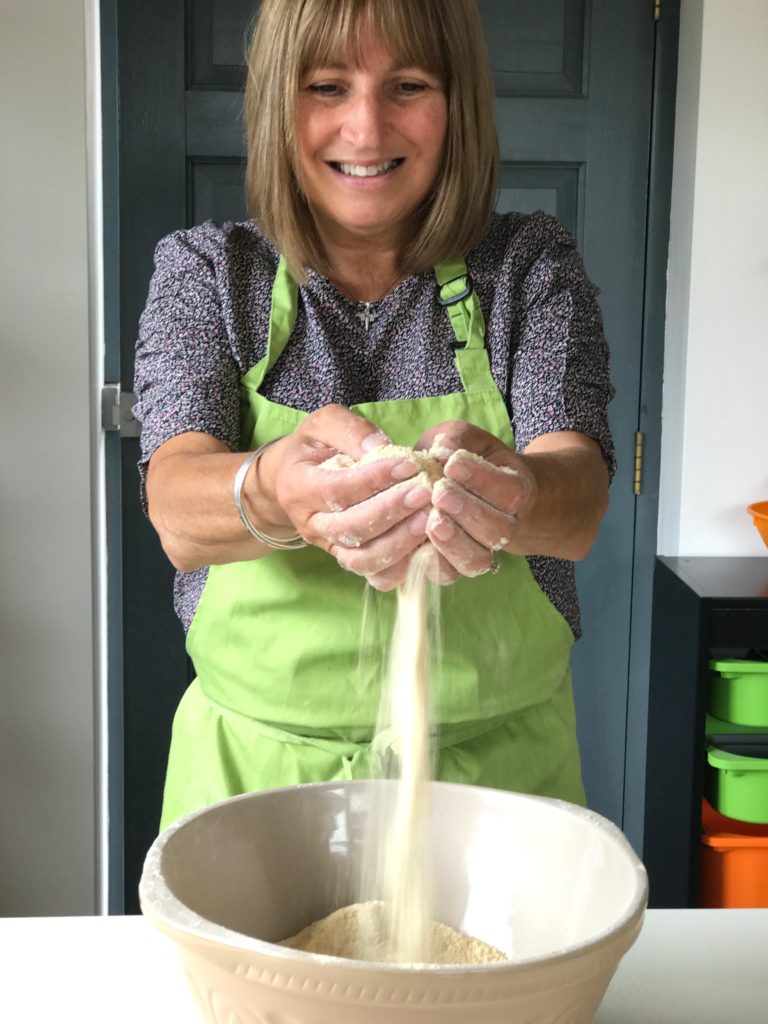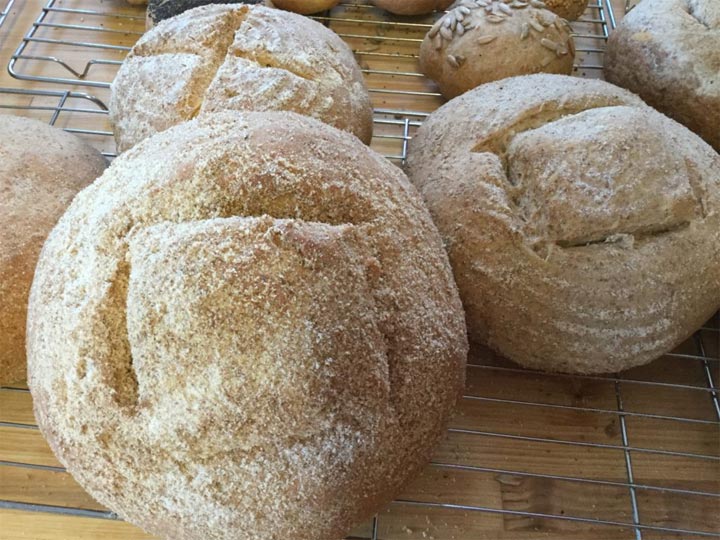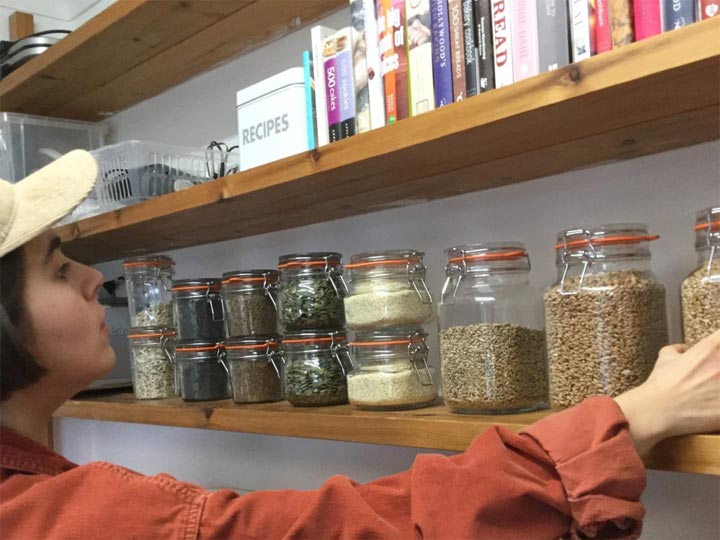Milling Your Own Grains
Posted on June 29th, 2017
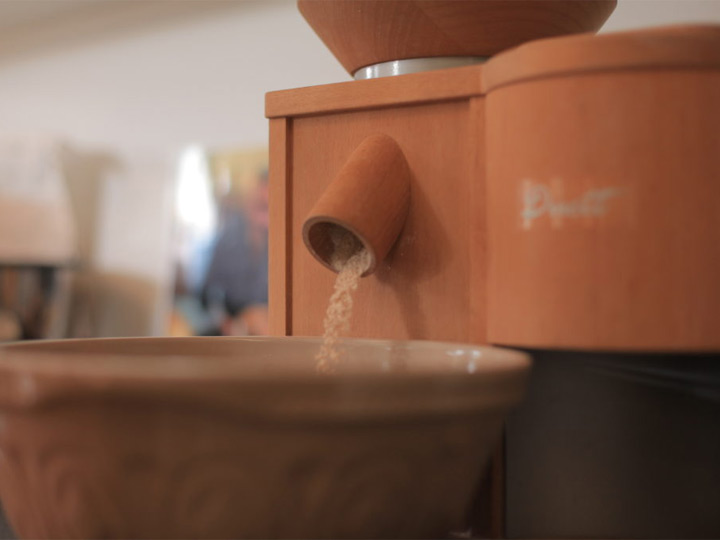
Here at Canterbury Baking School, our speciality is milling our own heritage grains to make the best bread possible! Milling your own grains can be extremely rewarding, healthy, and fun! So why do we do it?
We source the best organic heritage grains, specialising in kamut and spelt. Both grains have been used by humans for centuries, dating back as far as the Ancient world!
Kamut, also known as Khorasan wheat, originated in the “Fertile Crescent” of the Middle East; stretching from what is now Syria and Iran to Egypt. The Egyptians made widespread use of kamut for their bread, and samples of the grain were found in Tutankhamun’s grave!
One of the healthiest grains in existence, kamut has less calories than modern wheat and is also much lower in gluten. Kamut’s golden grains are larger and have a nutty flavour, and are a good source of protein. Kamut has the highest concentration of minerals and vitamins of any grain, including iron, which is vital for good circulation, and zinc, which helps with growth and repair.
Our other star grain, spelt, was an important staple across Europe during the Bronze and Medieval Ages. Spelt has been cultivated since 5000 BC by civilisations like the Neolithic peoples and, most famously, the Romans.
Nowadays, spelt is becoming a popular health food in the UK and Europe. Like kamut, spelt is also high in protein but low in gluten, and also helps with healthy digestion and circulation thanks to high levels of iron and copper. It’s good for your bones as well, due to containing magnesium.
When milling your own grains, it’s important to keep in mind that freshly milled grains must be used within 48 hours, otherwise the wheatgerm deteriorates and becomes rancid! However, bread made from hand-milled grains is incredibly healthy. Freshly-milled bread contains no preservatives, and boasts lower sugar levels than typical loaves.
What makes our bread different from run-of-the-mill loaves is how pure it is. Most supermarket breads have lost the majority of their nutrients through the refining process, leaving little more than starch behind. Wonder why you feel heavy after eating bread? There’s hardly any nutrients left for your body to absorb! Our methods keep the three key components of bread; the germ (which contains the nutrients), the bran (the “skin” around the grain), and starch, intact, creating brilliant bread in its purest, healthiest form!
So if you want to join the pure bread movement and make bread in it’s truest form, sign up for one of our workshops here!

